#Forensics
Text
You know how transphobes often say things like “When they dig up your bones in the future, they’re gonna see your sex, not your gender”?
That’s actually not quite accurate. The most common bone used to identify sex is the pelvis, which is in fact quite static and remains relatively unchanged after puberty. However, the chest is quite flexible, and changes often throughout a person’s life due to several activities. And the chest is also used for sex identification of human remains.
Many lifestyle changes affect the structure of your chest, such as weightlifting, javelin throwing, and… hormone replacement therapy! Estrogen and testosterone supplements change the chest in ways that are closer to a person of your gender identity, to the extent that a forensic scientist could potentially identify you as transgender simply looking at your bones.
Trans people have trans skeletons!
6K notes
·
View notes
Text
2K notes
·
View notes
Text


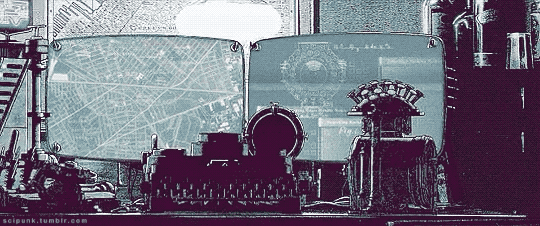

The Animatrix (2003) - A Detective Story
#the animatrix#film noir#scifi#animation#cyberpunk aesthetic#neo noir#anime#virtual reality#hacker#dystopian society#private investigator#2d animation#gumshoe#tech gadgets#forensics#telephone#hacking#user interface#user experience
216 notes
·
View notes
Text



What they are doing to women with *wanted* pregnancies.
#News#the handmaid's tale#democrats#republicans#abortion rights#donald trump#scotus#fox news#cnn#msnbc#woc#Forensics
346 notes
·
View notes
Photo

Luminol is a powder which is made up of oxygen, hydrogen,nitrogen, and carbon. It glows luminous blue when it comes into contact with blood, even minuscule amounts of blood and even after the area has been cleaned. The glow of luminol only lasts for around 30 seconds but it can be captured through a camera. It’s often used as a last resort because the reaction can destroy the evidence.
2K notes
·
View notes
Text

Forensics did an assessment of the paper and discovered it was: Copy paper, 28 lb., 80% recycled cellulose wood fibers and some moso bamboo, carbon dating 2018, eco friendly, bought on sale at Walmart, origin of manufacture China.
via The Laughing Librarian group, FB
109 notes
·
View notes
Text
Forensic Odontology Overview

Forensic odontology is a subspecialty of dentistry that has its main focus on the identification of deceased victims. In simplest terms, there are two aims in forensic dentistry. The first one is the identification of the dead, and second is the identification of an assailant who has used his or her teeth as a weapon. But how? Let's see.
Let's start with corpse identification. Teeth can be used to identify corpses, as no two oral cavities are alike, and teeth are unique to an individual. The dental evidence of the deceased recovered from the crime scene is compared with ante-mortem records for identification. This is used in cases such as mass casualties, burn victims, or severely disfigured/decomposed corpses.
Forensic odontology can also be used to determine things like age, race, and sex. In cases where there is no blood or other DNA sources, teeth can also be used.
Age is determined by looking at X-rays of the permanent teeth and tooth roots within the bone. The crown of a tooth forms first, followed by the root, and scientists estimate age by comparing the stage of tooth formation in the X-rays and bone with known dental growth standards.
Race is found by comparing the shapes of the different teeth. Determining race using teeth isn't easy, but using common dental characteristics as indicators (like Caucasoids usually having narrow “v-” shaped arch giving rise to crowding of teeth) we can get a good guess.
To determine sex, we rely on sexual dimorphism. Generally, male teeth have significantly greater quantities of dentine than females, while female teeth are found to have greater enamel thickness than male teeth. This isn't always fully accurate, but when combined with other factors, it helps give an idea.
None of these are perfect, but they can help give us a good approximate description, which is better than none.
Now, Bite Mark analysis.

There's 4 steps to bite mark analysis. Photographs, saliva swabbing, impressions, and tissue samples.
In order to make a good comparison, a balanced, color, scale photograph should be made of the defendant’s teeth (which can be used for testimony in court) and of the victim’s bite. Because the dental expert will need to know the scale shown in the picture, some method of measurement (such as a ruler or tape measure) photographed alongside the bite mark and the defendant’s teeth is necessary. A plaster cast of the defendant’s dental impressions can also be used to prepare a plastic overlay. The plastic overlay is used to mark the points of contact and forms a representation of defendant’s bite marks or a pattern of the cutting edges of defendant’s teeth. This representation can then be compared with a scaled photograph of the bite mark on the victim as a means of determining common points of identification.
If the bite area was swabbed and saliva recovered, and it was a positive match to the subject, that could help identify the assailant, but it's not often that DNA can be recovered.
Bite analysis has its issues, as tooth marks are not always transfered accurately, and sometimes there's not enough difference in bite marks to tell reliably. Bitemark analysis is more often used for excluding someone as a potential assailant. Say the mark shows imprint of fully intact frontal incisors, and the proposed biter does not have all their front teeth. This means that the person being accused is not the probable assailant. This could also be used to tell if the bite was self-inflicted. But bite mark analysis is often not admissible due to it having been found to be unreliable in some cases. People have been rightly and falsely convicted because of it, and it can be an unreliable method for forensic examination.
As with all areas of forensics, it's under dispute for its reputability. Bite mark analysists have been shown to be unable to consistently agree on whether the bitemark was even human. Even minor distortions could lead to the mark matching a number of people.
And here's a little bit of interesting history I came across in my travels :)
There are many "first" uses of forensic odontology in history across the web, but as far as I can find the first documented use of teeth for identification began during 66 AD, with the Agrippina and Lollia Pauline case. (There's a bit to it, find it here.)
Recorded forensic identification in India started in 1193, where Jai Chand, a great Indian monarchy, was destroyed by Muhammad's army, and Jai Chand, Raja of Kanauji was murdered and he was identified by his false teeth.
Dr Ascor Amoedo is reputed as the father of forensic odontology and documented the first case of dental identification in which many individuals lost their lives in a disaster. 126 people were charred to death due to a fire accident in Paris 1897, and were identified using their teeth.
In 1979, a double bite mark played an important role in convicting Ted Bundy of murder as he'd bitten one of his last victims.
#forensics#forensic science#forensic ondontology#dentists#dentistry#sherlock#deductions#science#mortuary science#dexter#criminology#criminals#criminal minds#criminal#criminals minds#woo science#police#idk im kinda using everything#orthodontics#orthodontics near me#AHHAHA#why is that a tag#forensic odontology#odontology#teeth#tma#spencer reid#help im so tired#did this make sense someone tell me it does#history
81 notes
·
View notes
Text

my fault for majoring in forensics ig
#girlblogging#girlhood#female hysteria#girl hysteria#women#women in stem#college#coquette#this is a girlblog#girlboss fr#rotting#girl rotting#manic pixie dream girl#this is what makes us girls#so real#pretty girls#need friends#girl talk#im just a girl#mental illness#forensics#criminal justice
71 notes
·
View notes
Text
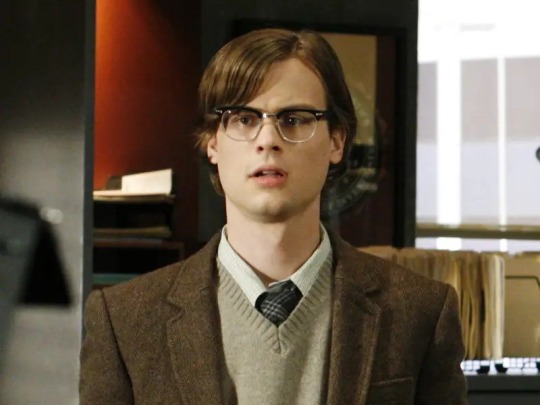
Best criminal minds character❤️❤️❤️
55 notes
·
View notes
Text
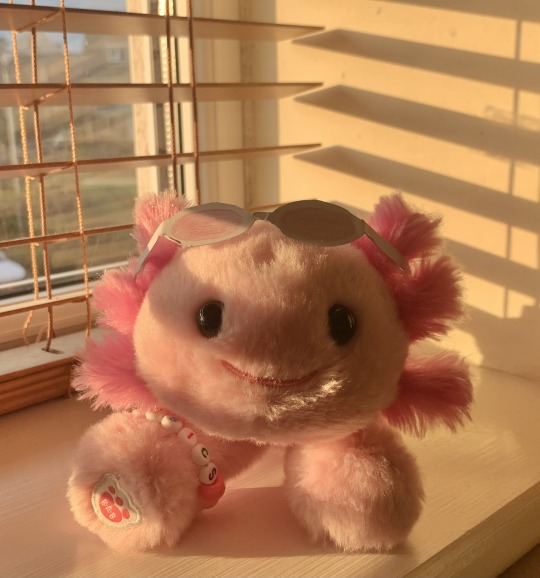
This is my son Luminol Hydroxyacelunodosetrase Science, Esq. and here is his very real and official forensics band because he’s a forensics expert and everything
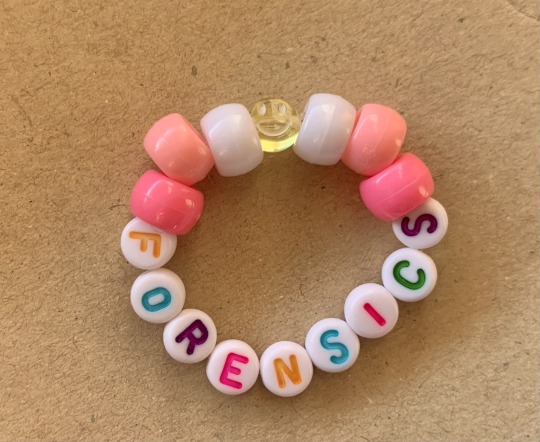
#absolutely not affiliated with a certain Ema Skye in any way shape or form#plushblr#build a bear#axolotl#mini beans#forensics#Luminol Hydroxyacelunodosetrase Science Esq.#he doesn’t like to have his name shortened#kandi#is this weird#is this a weird thing to do#I don’t care
58 notes
·
View notes
Text
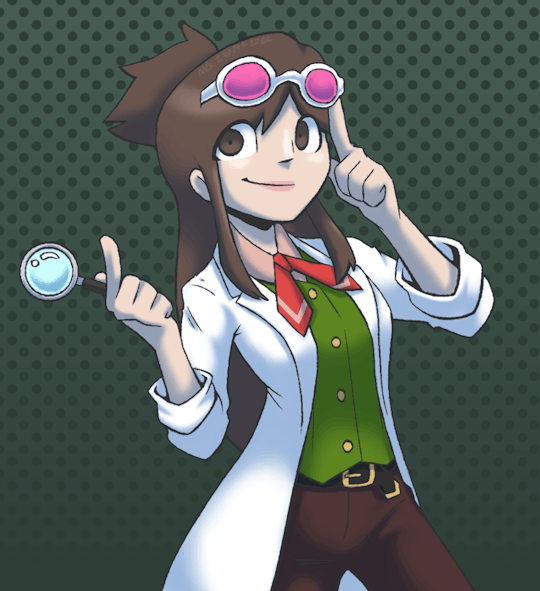
Day 2706
Ema Skye
#fanart#ace attorney#ema skye#phoenix wright#aa#apollo justice#forensics#science#scientist#detective#investigator#magnifying glass#glasses#gif
66 notes
·
View notes
Text

My favorite reads while I was studying for my forensic science degree 📚
#booksbooksbooks#booklr#books#studyspo#studyblr#study aesthetic#study motivation#bookworm#books and reading#reading#tbrbooks#forensics
75 notes
·
View notes
Text
mfkers will want to study forensic science and still be squeamish/afraid of gore
(im mfkers)
58 notes
·
View notes
Text






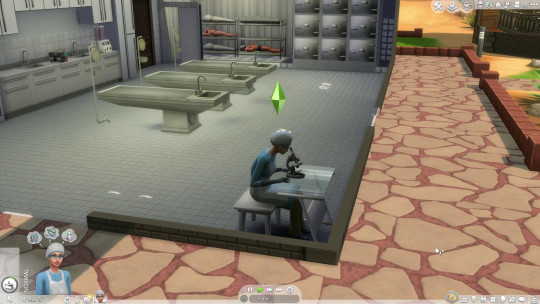
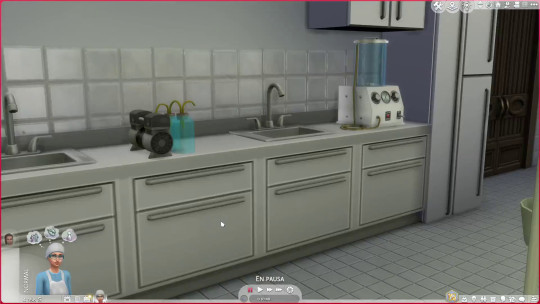


SiMeFo MOD v2 (Sims Medical Forensics)
Hello. I have finished v2 of SiMeFo MOD. This time you will have three slabs (located at sculpts category) were you can autopsy, embalm and dissect sim specimens.
I have remeshed the morgue slabs with better detail, were you can tag bodies. Also i have created a functional small microscope. Morgue door, morgue floor, morgue wall paint, and morgue fan.
Also they are functional embalm machine and air compressor sculpts. Sim bodies cluttler for your morgue fridge located at sculpts too.
Also I remade the morgue park with this new objects were you can install it like any other lot in the game.
They are also cloths for your coroner located in CAS.
Hope you will like this update.
Here is a video in action.
youtube
Download early acces for patrons.
This Mod will be public on 6 August 2023
101 notes
·
View notes
Text
61 notes
·
View notes
Text
As soon as I saw our beloved Dr. Ratio, I IMMEDIATELY thought of Dr. Spilsbury. Without having read this book or anything about the man in depth, I can't do him justice. Or the comparison justice, for that matter.
I HIGHLY recommend reading this book or just learning about Dr. Spilsbury. The brains. The sass. The end.....


They even scowl the same! (;¬_¬)
"Sir Bernard Spilsbury was an early-twentieth-century British forensic pathologist who gained fame by testifying in classic murder cases, beginning in 1910 with the Dr. Hawley Harvey Crippen trial. His expert court testimony-he identified Crippen's victim by detailed microscopic study of a scar-convinced the lay jury of Crippen's guilt. Considered the father of modern forensic pathology, Spilsbury became well known after he provided crucial prosecutorial evidence in the Brides in the Bath case (where a nurse nearly drowned in a laboratory experiment designed to prove his theories), the Blazing Car and Brighton Trunk murders, and the Hay-on-Wye aresenic poisoning trial. Knighted in 1923, Spilsbury performed 20,000 postmortem examinations and became the first and only "Honorary Pathologist to the Home Office." Controversial and dramatic, Spilsbury's rise and fall as a media star, revealing how he put spin on the facts, embellished evidence, and played games with the truth. In some notorious cases, his "positive evidence" led to the conviction and execution of men innocent of murder-gross miscarriages of justice that now demand official pardons. Spilsbury's carefully nurtured image, dogmatic manner, and unbending belief in his own infallibility and exposes the fallacies of the man dubbed "the most brilliant scientific detective of all time."
#dr ratio#hsr ratio#books#comparison#forensics#father of forensics#dr ratio x reader#honkai star rail
52 notes
·
View notes